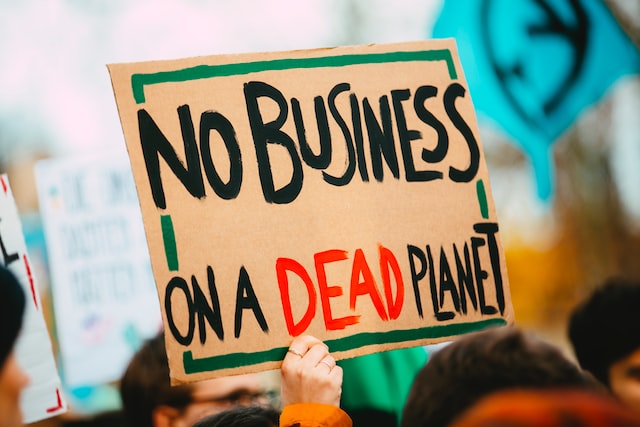One of the most important goals for fighting climate change is to reduce our dependence on fossil fuels, such as oil, gas, and coal, and replace them with renewable sources of energy. Another goal is to increase our energy efficiency, which will reduce CO2 emissions. Ultimately, the best way to fight climate change is to change our lifestyle and how we use resources on a daily basis. That starts with the decisions we make every day.
Reforestation
Reforestation is an accepted method for combating climate change, but there are a number of obstacles to success. For example, there are concerns about the amount of carbon stored in forests, and that mass tree planting could have negative consequences. Scientists say that it takes centuries for a forest to reach its optimum carbon storage capacity. Also, scientists argue that reforestation needs to be conducted in the right places, rather than monoculture plantations.
There are several benefits to reforestation. For one, it helps reduce pollution while increasing biodiversity and using natural resources responsibly. Reforestation is also a great way to create jobs. Approximately 40 jobs can be created for every $1 million spent on a reforestation program. In addition, reforestation programs can help local economies.
Limiting air travel
One of the most effective ways to fight climate change is to limit air travel. While it isn’t feasible to ban all air travel, there are many ways to limit your travel. You can use the internet to help you figure out your carbon footprint. The more you know about climate change, the better your choices will be. By using a carbon footprint calculator, you can determine how much air travel you’re actually responsible for.
Travelling is one of the most significant contributors to global warming, and it is also one of the most environmentally destructive activities. The footprint of air travel dwarfs those of our homes, our commutes, our hobbies, and our diets.
Avoiding single-use plastics
Single-use plastics have a high carbon footprint and are a major contributor to climate change. They end up in landfills, incinerators, and the ocean. When we discard them, these materials emit greenhouse gases and leach harmful chemicals into the groundwater.
Many companies have already begun taking steps to reduce their use of single-use plastics. For example, McDonald’s has opted to replace plastic straws with paper ones in Ireland and the UK. Starbucks has also stepped up its efforts to replace plastic straws with paper alternatives. These initiatives are aimed at shifting consumer habits to a more sustainable and long-lasting approach.
Supporting organizations that seek systemic change
There are many ways to make a difference in the fight against climate change. The biggest and most effective is to support organizations that work to change policy. The United States is a global leader in this area. It is the second largest emitter of greenhouse gases and the biggest global donor to climate research. Therefore, any change we can make in the United States will be felt worldwide.
Some organizations that can be supported include the Clean Air Task Force (CATF), Sunrise Movement, and others. These organizations work with policymakers in both parties and promote clean energy. They also work to improve power grids and develop machines that capture carbon. Their work is highly technical and nonpartisan.
Planting native flowers and herbs
Planting native flowers and herbs can help fight climate change in a number of ways. These plants can attract pollinators and sustain declining bee populations, help prevent soil erosion, and suppress weeds. Many of these plants also produce cover crops, which can provide organic matter and reduce the need for synthetic fertilizers.
Native plants are better for the environment because they are adapted to local conditions. They are less susceptible to drought and temperature changes and require less water, fertilizer, and pest control than non-native plants. In addition, they are more resilient to climate change and reduce the urban heat island effect.

